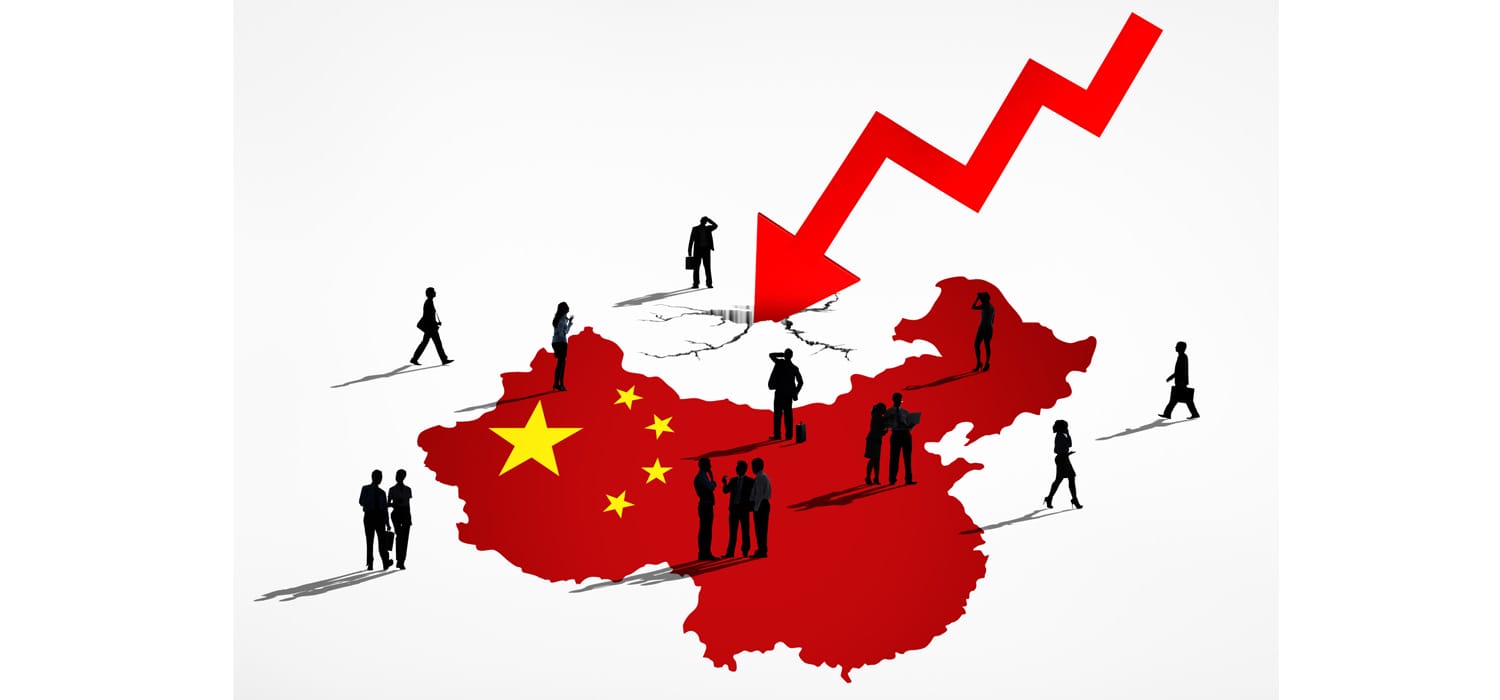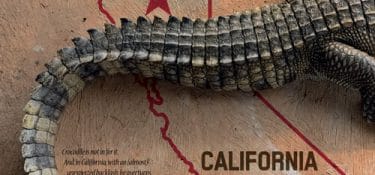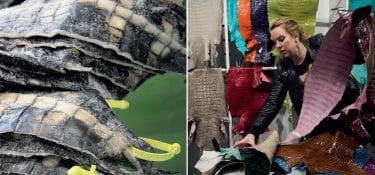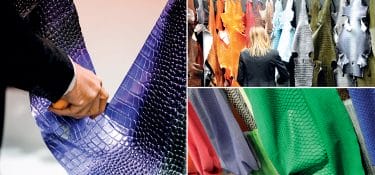Beijing’s leather industry closes a very challenging and opaque 2018. The time spent at APLF confirms the mood is cold and concerned, with little desire (or possibility) of taking risks. And so a wait-and-see policy triumphs
What is happening in Beijing? “Who knows…”
An answer to a question that, day after day, echoes in China and all around the world. Because the feeling of China’s leather industry is of a substantial and concerning stand-by situation that is more than just realistic. data published by CLIA (China Leather Industry Association) at APLF Hong Kong this past March 12th, don’t quite reassure operators, to the point in fact, that the situation may be worse than that shows by CLIA. For example: based on the numbers, Beijing only exported a tiny +0,1% more than the previous year with regards to the aggregate “footwear, finished leather and raw hides”. If the segment of footwear with leather upper is taken under consideration, the percentage loss was equal to -0,5% in volume and +0,1% in value. “With these conditions, – says a Veneto-based tanner within APLF’s corridors -, there is little expect and even less to see. All we can do is wait”. Moreover, if the data exclusively regarding the tanning segment is scrutinized, the situation is even darker: production of bovine leather (except leather) of the main Chinese tanneries in 2018 lost 20.7% of its volume, with a similar performance by the import of raw material segment. All the factors, such as the constant struggle of the footwear industry, the interim phase of the upholstery market and the brake of the car interiors segment, are weighing on the situation. Only the leather goods segment along with some small accessories (with great numbers) perform well. Summarizing the situation into one concept: China continues to reformat itself. A little too much, maybe, seen that the recessive trend hitting raw material has allegedly pushed some Chinese buyers to re-negotiate (or at least try to do so) contracts signed at APLF. Something very believable, confirmed by the statement of Michael Duck, director of the fair: “2018 was a year filled by deep changes for the leather industry for a multitude of reasons: the slowdown of demand within the footwear industry, the losses of tanneries due to the reduction of volumes and prices, as well as the reduction, for the first time in the last 20 years, of the automobile market in China and the trade war with the USA”. This situation is felt by Italian operators participating at the fair, though different views arise: “The truth – says Aldo Donati of Ausonia -, is that China’s market remains fairly cold, but it couldn’t be otherwise. Our Chinese clients haven’t stopped being interested in our products, but they continue to tell us that they are waiting”. For what? “they wait to have certainties from the USA in regard to duties. They sample, but then stop because they wait for an order-confirmation that very often hasn’t arrived in the last few months”. According to Silvia Polli (Manifattura di Domodossola) “China’s market responds to peculiar goods such as ours, particularly to the offer of accessories such as belts: we see clients do exist, if anything though they buy less. But it is the same everywhere in the world”. deep shadows then, but not pitch-black. Iacopo Ceccatelli of Incas explains in fact, that “Beijing’s market offers many opportunities. And if we have chosen to go showcase our products at APLF is because we wanted to strengthen the relationship with clients we already have, and to find new ones by offering very specifically calculated goods”. These consumers respond well to what seems really discriminating for manufacturers: having “vegetable-tanned options – says Ceccatelli – of our calf leather: natural, artisanal, yet produced on industrial scale”. Words reflected in the thought of Simone Testi of Tuscan tannery La Bretagna: “Consolidating the Chinese market by producing vegetable-tanned goods isn’t easy: clients struggle to understand the added-value of our product and its identity. There needs to be continuity to show that the quality of this type of leather is held within its nature, which cannot be identically replicated on all pieces of leather. So, we find resistance from our Chinese clients because they work on the internal market, while the ones selling to foreign clients are more receptive”. nothing more or different from what heard throughout the last few months. China has changed. And this consciousness may very be what needs to be understood. The rest, negative or not, short-term or long-term, are “just” time-related dynamics.
The party scolds Millennials: bad news for the luxury segment
China is a country of infinite hope, a colossal reality and a constant and gigantic cause of stress. A new frontier for consumption of luxury goods? Of course, to a point. As it happens, Beijing’s Millennials’ passion for luxury accessories was a central topic in this week debate of the People’s Republic Political Advisory National Conference, held in March once a year. Placing the matter before the advisory was a member of the committee, Cui Bo, who criticized the fact that “young people are losing the sense of reality by searching for the latest luxury good”. Moreover, he asked for policies capable of slowing down the purchase of luxury goods by Chinese Millennials, thus recalling them to frugality and inviting them to reduce their debts with banks, constantly growing in size.
“According to research by HSBC, the debt-to-income ratio of Chinese nationals born between 1990 and 1995 exploded in 2018: +1,850%. On average, each individual carries a debt with banks or credit institutions of around 15,800 euro”











